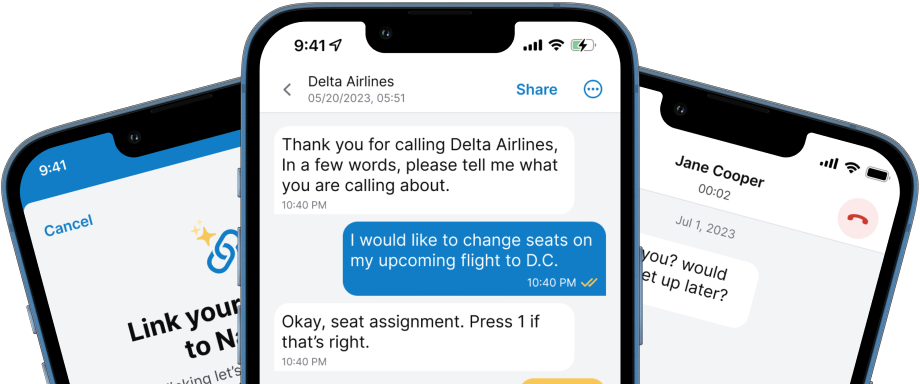3 Deafblind Communication Apps
Read how deafblindness affect communication, how deafblind people communicate, and check out our picks for deafblind communication apps!
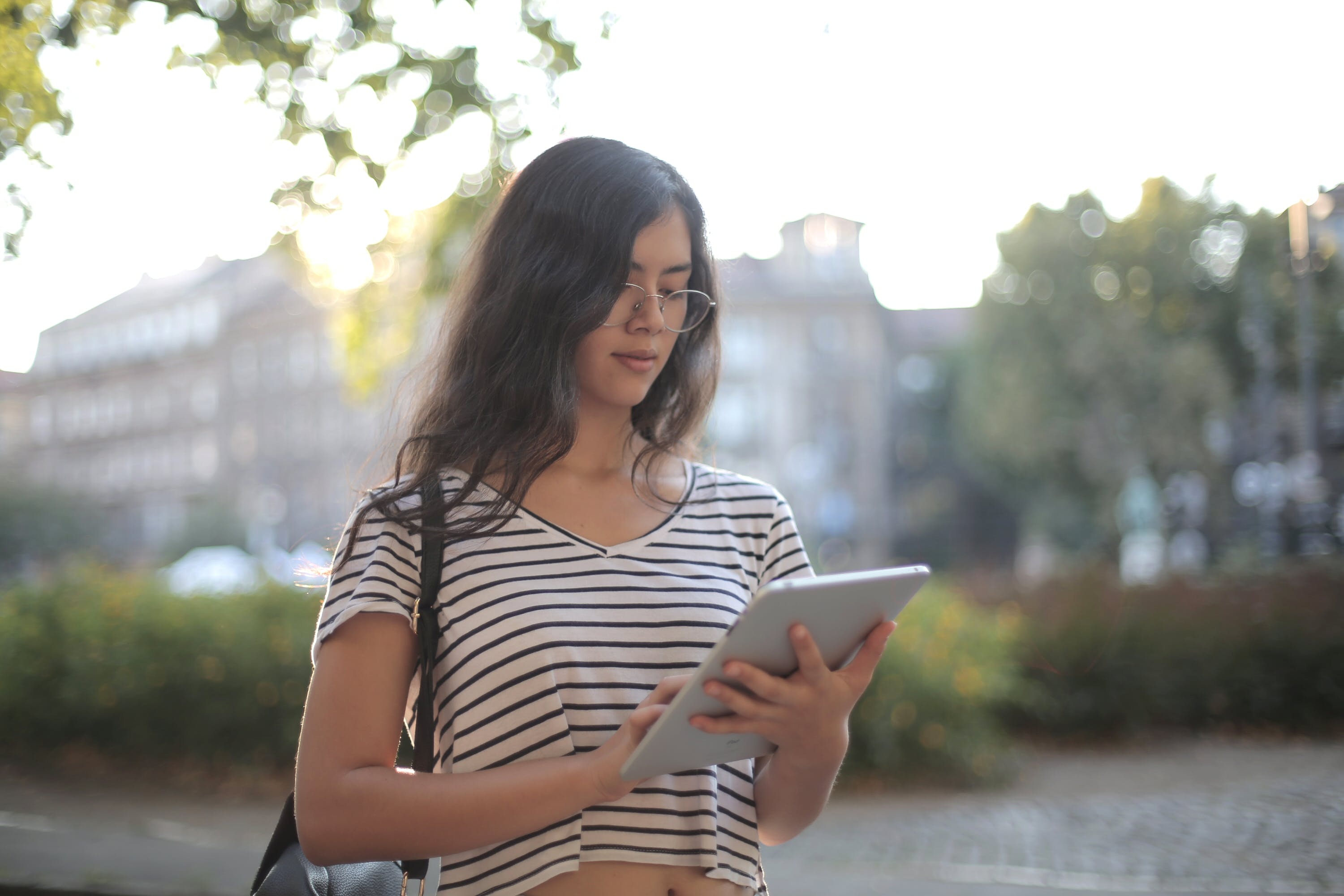
Deafblindness includes a combination of hearing and vision loss, but the severity of each can vary to different extents, meaning it is a spectrum.
There are people who are completely blind and cannot see anything. Some may have a completely different vision in one eye than the other, others can only hear some noise level, and some have a combination of both. That’s why navigating the complexities of deafblindness poses unique challenges that vary in intensity.
Fortunately, advances in communication technology have uncovered a new era of accessibility, empowering Deafblind individuals with tools such as hearing aids, vision devices, and cutting-edge accessibility apps.
Those who are Deafblind use a combination of assistive technology for blind users and assistive technology designed specifically for deaf users, depending on their personal needs.
How Does Deafblindness Affect Communication?
Deafblindness can affect communication and social interactions in various ways. For example, limited access to information may affect their ability to understand and make sense of their environment.
Assistive communication technology can help deafblind people overcome these challenges and interact more easily with others.
How Do Deafblind People Communicate?
Deafblind individuals use different communication methods. The specific approach can vary based on the individual's preferences, the degree of sensory loss, and the context of communication. Here are some common methods used by Deafblind people to communicate:
Tactile Sign Language:
- This method requires physical contact, such as holding hands or using the person's back as a tactile signing surface.
Braille:
- Braille is a tactile writing system that consists of raised dots representing letters and numbers.
Haptic Communication:
- Involves specific touch patterns or taps to communicate messages. For example, tapping on the shoulder might signal the start or end of a conversation.
Deafblind Interpreters:
- Deafblind interpreters may use tactile sign language, fingerspelling, or other methods to convey information.
Speech-to-Text and Text-to-Speech Technology:
- Deafblind individuals may use smartphone apps that convert spoken words into written text or vice versa, allowing them to engage in conversations with hearing individuals.
Vibration Sounds:
- Environmental cues like vibrations or sounds work as signals.
What Is the National Deafblind Equipment Distribution Program?
The National DeafBlind Equipment Distribution Program, also known as iCanConnect, is a federal program that provides access to free assistive equipment and communication devices for low-income individuals with both severe hearing and vision loss. The program also offers distance communications technology and training for people with combined hearing and vision loss to enhance independence.
Examples of free devices include:
- Bluetooth devices, specialized keyboards, and speakers
- Headsets
- Braille devices
- Computers
- Mobile devices
- Software
- Smartphones
- Tablets
3 Deafblind Communication Apps
Each individual's needs may vary depending on their personal circumstances, and assistive technology apps may be used in conjunction with other assistive devices.
Here are some apps that have played a pivotal role in enhancing communication for the Deafblind community:
1. Nagish
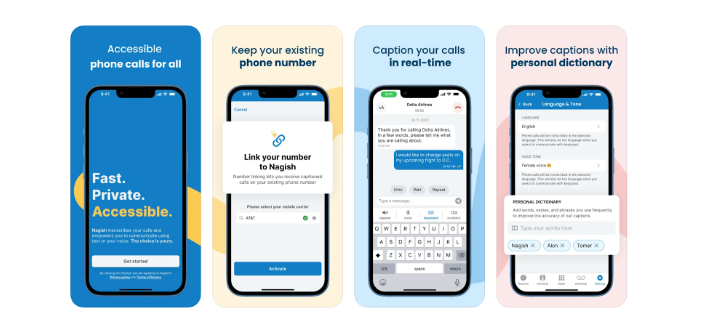
Nagish is a free app that offers real-time phone call captioning powered by AI, converting speech-to-text and text-to-speech to facilitate placing and receiving calls without hearing or speaking. Instead, you can type and read.
The app includes a variety of features to make the experience personalized, such as number linking, multiple languages, Bluetooth connectivity, a personal dictionary, a built-in spam filter, and privacy features such as the capability to save call transcripts and secure and 100% private calls free of stenographers, captioning assistants, and relay services.
The app is fully accessible for braille displays and screen readers and available for iOS and Android.
2. Make it Big
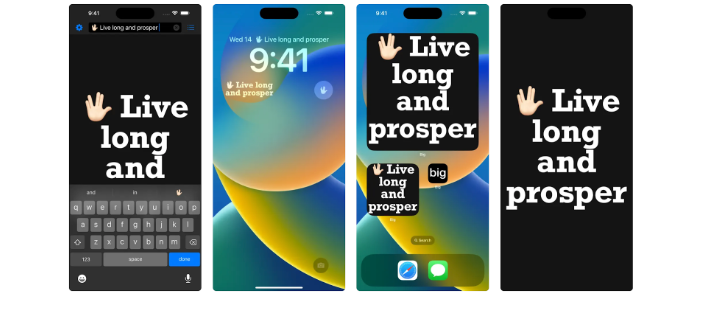
Make it Big is a simple yet effective app to facilitate in-person interactions. When you type a message, it can be enlarged to fill the entire screen, thus helping you communicate with others.
The app includes convenient features such as attention-grabbing settings that can make your text flash with a simple shake and automatically resize and flip the direction of your text any way you hold your phone.
One of the latest features includes saving your messages to show them again with a tap, like your daily coffee order.
The app is available for iOS and Android.
3. OKO
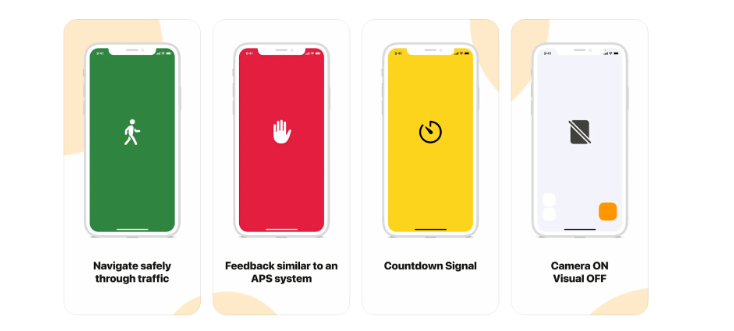
Known as the AI Copilot for the blind, this camera app helps you explore your surroundings with real-time feedback. Mostly used for pedestrian safety, the app can inform the state of the traffic light by playing haptics and audio feedback, similar to a physical APS system.
OKO keeps your data private and works best in daylight since it's the best way for the camera to capture the traffic lights accurately. This technology is ideal for Deafblind users or those losing sight or hearing as it provides more confidence and independence in navigating the road.
The app is available for iOS and Android.
4. Be My AI™
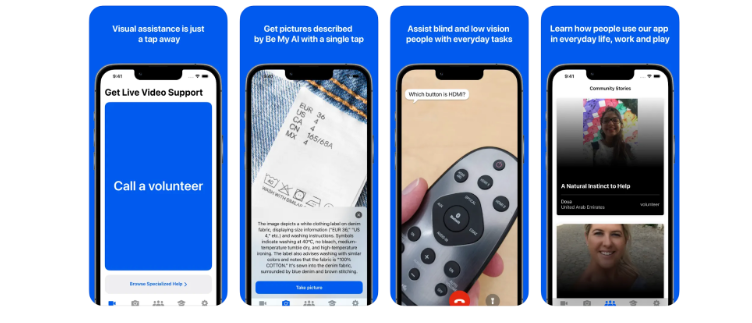
Be My AI™ integrates into the original Be My Eyes app, an assistive technology app for blind or low-vision individuals.
The app connects you with a volunteer or an AI agent via video or by sending them a picture, who acts as your pair of eyes to translate the visual world back to you. You can send images via the app to answer questions about that image and provide conversational AI-generated visual descriptions in 36 languages.
The original platform, Be My Eyes, allows users to engage in real human conversations with a Microsoft agent; adding an AI option is a new and accessible choice.
The app is available for iOS and Android.
Conclusion
The landscape of communication accessibility for Deafblind individuals has witnessed remarkable advancements. While acknowledging that there is still progress to be made in the field of assistive technology, these apps represent significant strides toward inclusivity. The integration of these technologies not only helps Deafblind individuals interact with the world but also improves their ability to engage with others.


